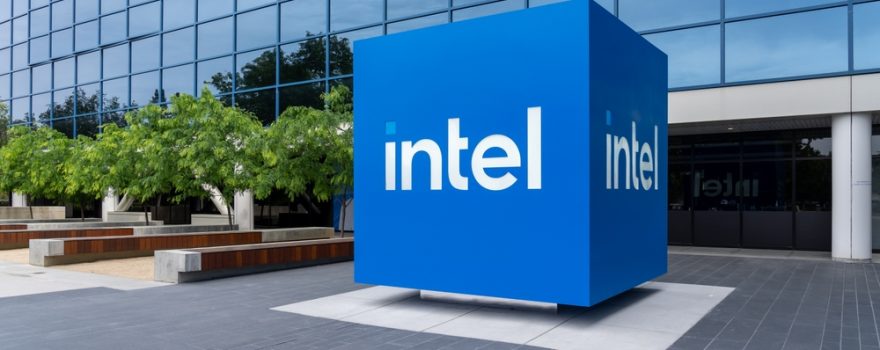
Intel, a titan in the semiconductor industry, is poised to revolutionize chipmaking with PowerVia, a transformative approach to delivering power to chips. This innovative breakthrough required a complete reimagining of chip production and testing methods.
Traditionally, computer chips have been constructed like pizzas, layer by layer, from the bottom up. Starting with the smallest features, such as transistors, manufacturers then build up layers of wires that connect these transistors and different parts of the chip, including power connections. Once the chip is assembled, it’s enclosed in packaging, allowing it to be connected to the external world.
However, as chips have become smaller and denser, the layers that share interconnects and power connections have become increasingly complex, hindering overall performance. Power and signal issues have become significant challenges, demanding workarounds or additional power.
To tackle these issues, Intel, along with other chipmakers, sought a solution called “backside power.” This approach involves moving power wires beneath the transistors to the “back” side of the chip, leaving the “front” side solely focused on interconnections.
Intel’s breakthrough solution is named PowerVia, and recent papers presented at the 2023 VLSI Symposium demonstrate the successful development, testing, and performance of this groundbreaking technology. The manufacturing process itself is the most surprising aspect of PowerVia. Instead of the traditional one-sided chip fabrication, PowerVia introduces a two-sided chipmaking process.
Here’s how it works: Transistors are constructed first, followed by the addition of interconnect layers. The wafer is then flipped over and polished to expose the bottom layer, where the power wires (or metal layers, at microscopic scales) will be attached. This approach offers a direct and efficient path for power delivery to the transistors.
The benefits of PowerVia are numerous, surpassing the added complexity of the new process. Removing the wires for power, which can occupy up to 20% of the front-side real estate, allows for more relaxed interconnect layers, offsetting the cost of the process and simplifying manufacturing.
PowerVia also enhances chip performance. The test chip used to prove PowerVia’s effectiveness, called Blue Sky Creek, demonstrated improvements in power delivery and signal wiring, resulting in more efficient speed and energy consumption.
Additionally, Intel overcame the challenge of debugging chips with transistors in the middle of the chip, developing new debugging techniques. Even intentional errors added to the test chip were successfully detected and addressed.
PowerVia will be introduced in Intel-manufactured silicon starting with the Intel 20A node in 2024. This revolutionary approach places Intel ahead of competitors, offering a competitive backside power delivery option.
The first product to feature PowerVia will be Arrow Lake, a next-generation Intel processor for PCs built using the Intel 20A process. It promises to deliver billions of transistors working more efficiently than ever before, marking a significant milestone in the world of semiconductor technology.
